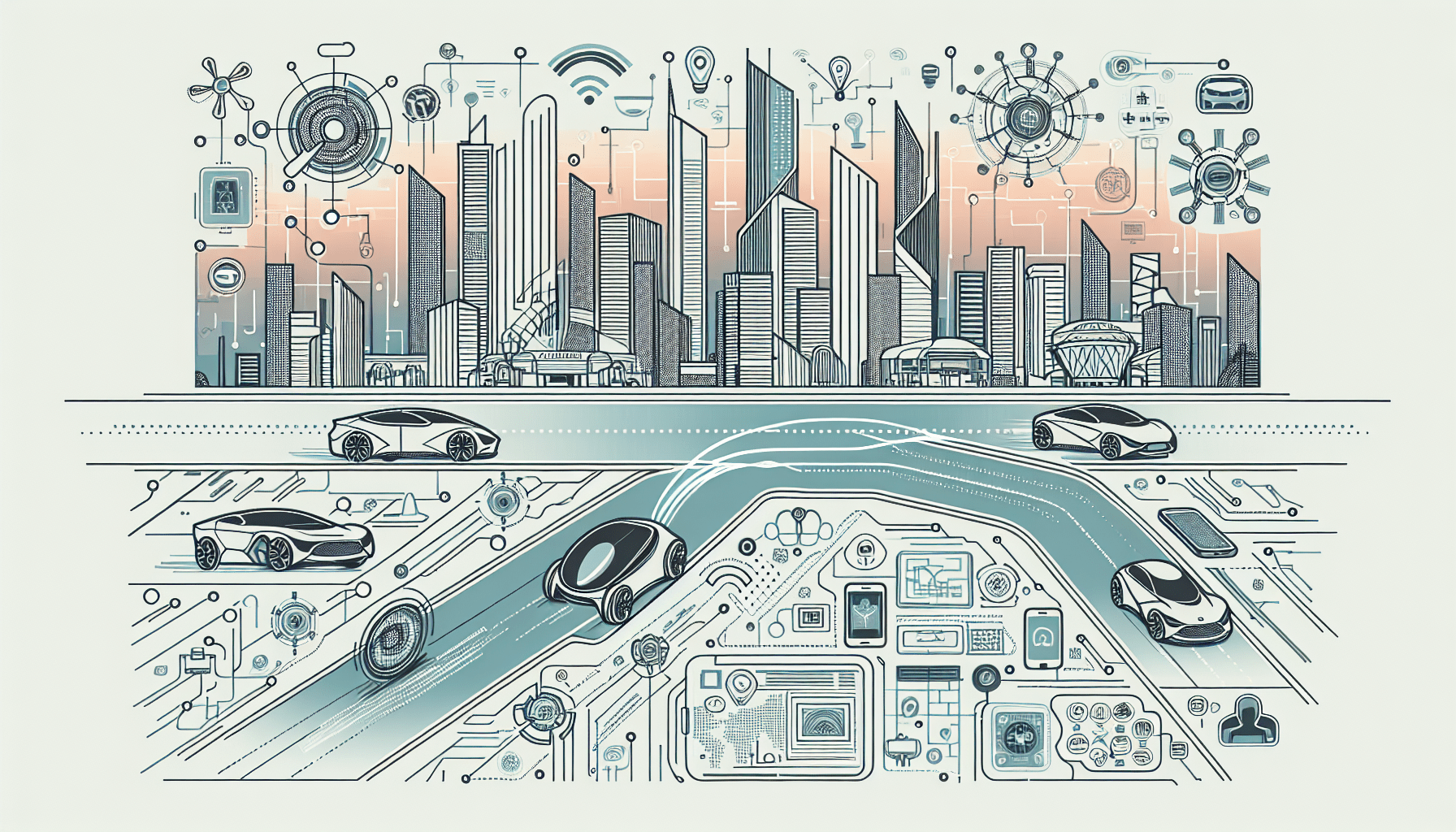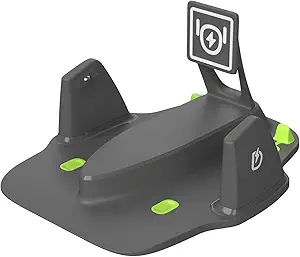Exploring EMMA The AI Revolutionizing Autonomous Driving
Autonomous driving technology has been a hot topic for a while now, but it seems we might just be at the edge of a real breakthrough. Enter EMMA, the End-to-End Multimodal Model for Autonomous Driving, created by a brilliant team led by Jyh-Jing Hwang and others. This is not just another AI; it’s a game changer in how we think about getting around in our cities. Buckle up, we’re diving into what EMMA is all about, how it works, and what it means for the future.
The Technology Behind EMMA
What is EMMA?
At its core, EMMA is designed to take vast amounts of data from various inputs, particularly camera sensors, and process that information to make real-time driving decisions. It’s like giving our cars a brain that understands the world around them. And with a name that suggests both intelligence and dynamism, it certainly lives up to the hype.
How EMMA functions
So how does it actually work? EMMA translates camera sensor data into actionable outputs including planner trajectories and perception objects. Imagine a world where your vehicle can instantly map its surroundings, problem-solve in real time, and react accordingly, all thanks to sophisticated processing methods. That’s not just the future; it’s happening now.
Key Features of EMMA
One standout characteristic of EMMA is its use of multimodal large language models. By integrating contextual inputs—like navigation instructions and vehicle status—represented as natural language text, EMMA isn’t just responding to stimuli, it’s engaging in a deeper understanding of driving scenarios.
Performance Metrics
Active Comparisons
EMMA is making waves in the performance metrics arena too. With state-of-the-art achievements on popular datasets like nuScenes, it shows its mettle in motion planning. Plus, its competitive results on the Waymo Open Motion Dataset put it squarely in the running with some of the best autonomous driving tech out there.
Object Detection Capabilities
Its camera-primary 3D object detection capabilities on the Waymo Open Dataset are particularly noteworthy. EMMA shows it can identify and react to objects in real-time with impressive accuracy. This could turn our cities into safe havens for pedestrians and cyclists alike.
Implications for the Future of Autonomous Driving
Enhancing Urban Mobility
With EMMA on the scene, urban mobility stands to benefit significantly. Imagine cutting down on traffic congestion and boosting safety on our roads. It’s not just a dream, it could be our reality. Models like EMMA could facilitate smarter transportation networks, making getting from point A to B both efficient and safe.
Innovations in Vehicle Design
What comes next? Well, that’s where things get exciting. AI models like EMMA could usher in a new wave of intelligent and adaptive vehicles. Think vehicles that can learn from their experiences and make decisions based on real-world interactions rather than rigid programming. The future is wide open, and it looks promising.
Challenges and Limitations
Current Limitations of EMMA
Now, let’s dial it back a bit. As impressive as EMMA is, it’s not without its challenges. It currently faces limitations like processing a small amount of image frames and lacking the advanced 3D sensing modalities such as LiDAR and radar. Sure, there’s a hefty computational expense involved too—this isn’t plug-and-play tech.
Future Research Directions
For EMMA to keep up with the fast-paced advancements in the field, addressing these limitations will be key. Future research must hone in on those areas to ensure we’re not left in the dust as new technologies emerge.
Wrapping It Up
EMMA represents significant progress in the realm of AI and autonomous driving. With its unique capabilities, it’s poised to make a lasting impact on urban mobility. Let’s keep our eyes peeled for what’s next in the tech pipeline. This is just the beginning for autonomous driving technology, and trust me, you won’t want to miss out.
Stay tuned, fellow tech enthusiasts, as we keep riding the wave of innovation and discovering what we can expect in the future of autonomous vehicles.
For those seeking a deeper dive into the research, check out the EMMA Paper, or make your way over to articles exploring AI in robotics and advancements in AI.










